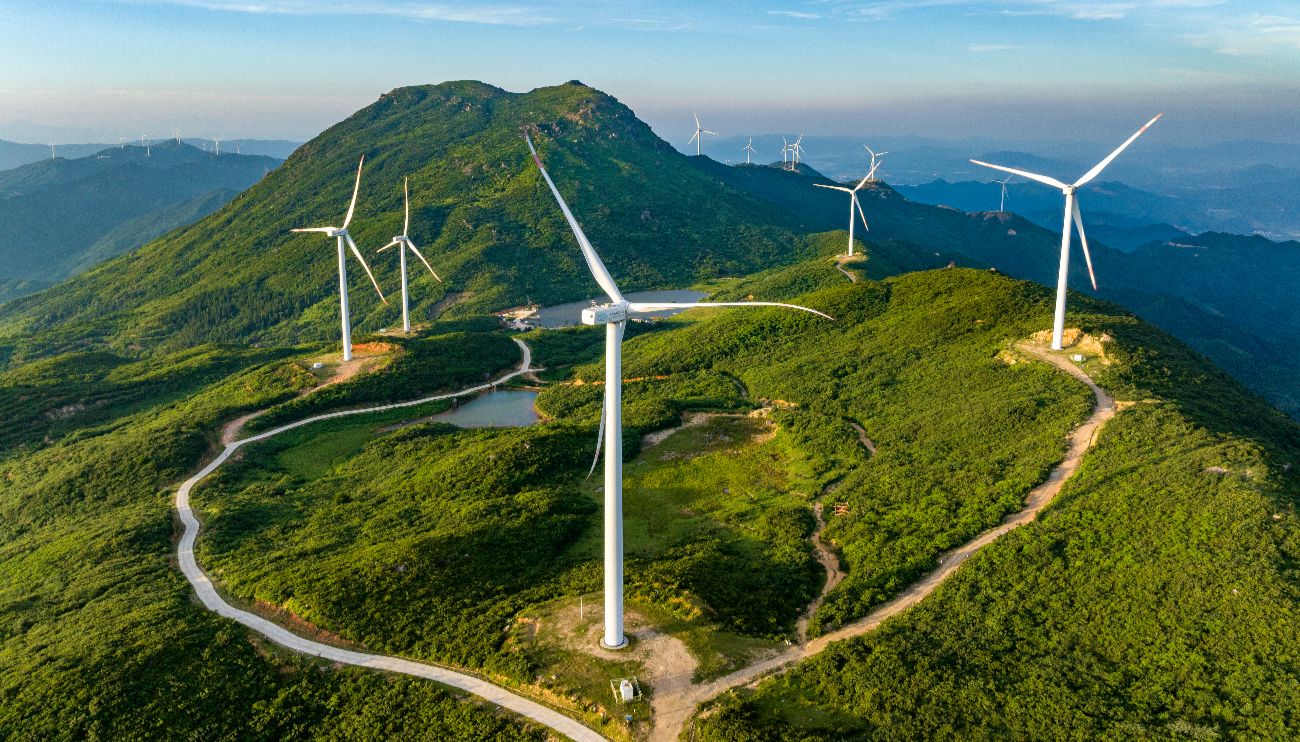The UAE Consensus is a critical milestone for keeping the 1.5°C goal within reach. Under the Consensus, as many as 133 countries have pledged to collectively triple renewable energy capacity and to double the global average annual rate of energy efficiency improvements by 2030.
To date, 185 of the 195 parties mention renewable energy in their active Nationally Determined Contributions (NDCs)–including NDC 2.0 and 3.0 rounds–while 153 of those had quantifiable targets. Of these quantifiable targets, 120 were specifically for the power sector, 52 for non-power sectors, and 10 covered the entire energy mix.
To reach the global total of 11.2 terawatts (TW) aligned with the UAE Consensus tripling renewable power capacity goal 2030, NDC targets collectively need to increase by more than 60%. The latest quantification of renewable energy capacity targets in NDCs submitted as of 5 November 2025 finds that existing targets aim to collectively increase renewable energy capacity to approximately 6.9 TW by 2030, from 4.4 TW in 2024. With less than five years remaining for implementation, urgent and effective action on the ground, accompanied by increased investments in renewable energy, is crucial.
As the 30th United Nations Climate Change Conference (COP30) in Belém is underway, only 72 Parties have submitted their NDC 3.0 as of 5 November 2024. These Parties represent two-thirds of global emissions and make up 3.4 TW of renewable energy capacity in 2024 (77% of global). Together, they have committed to installing nearly 2 TW of additional renewable power capacity by 2030 compared to 820 GW in their respective NDC 2.0s. China and the European Union’s NDC 3.0 account for the majority of this increase in targeted capacity by 2030, representing nearly 90% of additional capacity installation.
An analysis of NDC targets submitted by Least Developed Countries (LDC) as of November 2025 shows that the implementation of more than half of their targeted 58 GW by 2030 will depend on international financial assistance. This means that LDCs will need at least USD 61 billion out of the minimum USD 112 billion from international sources to meet their renewable power targets. Similarly, 68% of Small Island Developing States (SIDS)’ targeted additional 4.1 GW by 2030 is conditional on international financial assistance.
The conditionality of NDC targets further highlights the urgency for increased climate financing for equitable and inclusive energy transition. This is particularly evident for Sub-Saharan Africa. Home to 33 LDCs with nearly 600 million people without electricity, the region is in critical need for more investments to address its vast energy access deficit.
The shortfall of investment towards these countries highlights the risk of wider regional divide in renewables deployment, ultimately delivering an energy transition that is neither just nor inclusive. Investments need to be urgently scaled up, ideally in the form of concessional finance to not exacerbate existing debt burdens of the recipient countries.
As countries continue to enhance their NDC 3.0s with clear sectoral targets and quantified investment requirements, developed countries must also deliver on tripling their financial support to developing countries (USD 300 billion/year) until 2035 as agreed at COP29. And with the announcement of ‘Baku to Belém Roadmap to 1.3 trillion’ a few days before COP30, countries now need to mobilise public and private sectors to reach the aspirational target of USD 1.3 trillion per year by 2035 in support of developing countries’ climate actions.
Source link
www.irena.org


